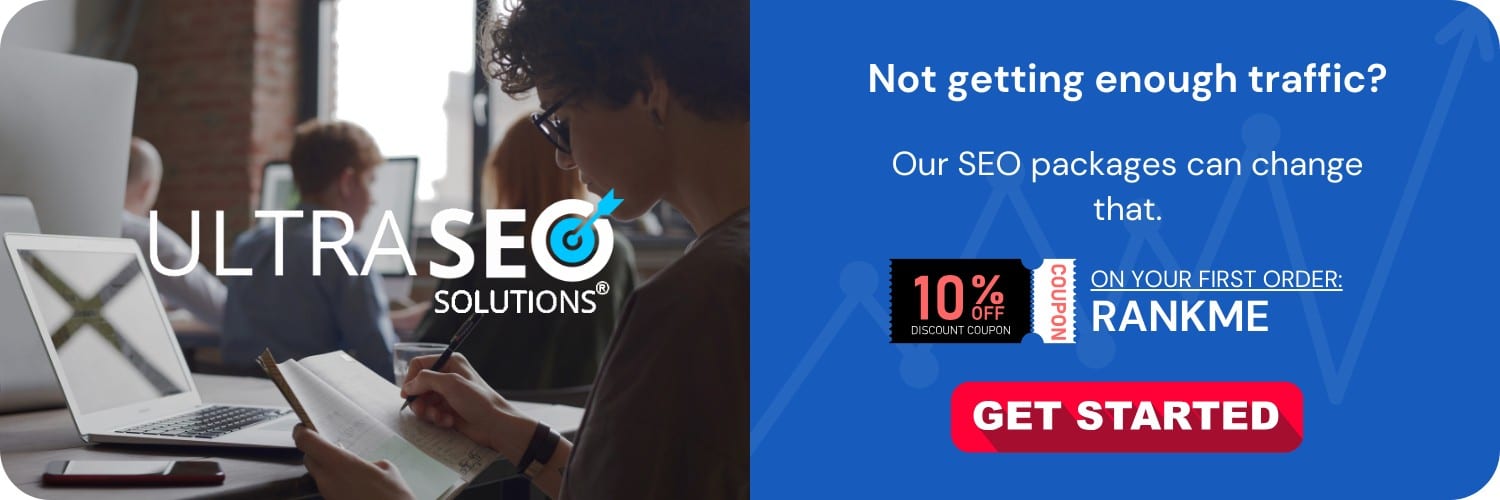
When compiling an SEO report, it’s crucial to include a comprehensive range of data and insights that reflect the performance of a website in search engine results. These should encompass key metrics such as organic traffic, keyword rankings, backlink profile, and on-page optimization elements. Such a report serves as a progress check for ongoing SEO efforts, provides actionable insights, and informs future strategies. Now, let’s break down these elements and discuss why each is vital for a thorough understanding of your SEO campaign’s performance.
1. Executive Summary
An SEO report should begin with an executive summary, which provides a high-level overview of the key findings, progress made, and any major shifts in performance. This section should briefly touch on the most critical aspects of the report that will be covered in more depth later on, making it easy for decision-makers to quickly grasp the overall status of the SEO efforts.
2. Organic Traffic Analysis
Organic traffic is the lifeblood of SEO, so it’s paramount to track and present it accurately in your SEO report.
2.1. Overall Organic Traffic
Begin by detailing the total number of organic sessions and users the website has received within the reporting period. Include a comparison to the previous period to illustrate any growth or decline.
2.2. Traffic by Channel
Break down traffic by different channels (e.g., direct, referral, social, etc.) to show the contribution of organic search compared to other sources.
2.3. Traffic by Page
Highlight the pages that are driving the most organic traffic, and note any significant changes in page performance.
3. Keyword Rankings
Keywords are the cornerstones of SEO, and their performance is indicative of how well the SEO strategies are functioning.
3.1. Top-Performing Keywords
List the highest-ranking keywords, along with their search volume, current positions, and previous positions. This demonstrates which keywords are capturing traffic effectively.
3.2. Keywords with Significant Movements
Point out keywords that have seen notable improvements or drops in rankings. This helps to identify where to allocate more effort or to diagnose potential issues.
3.3. New Ranking Keywords
Identify new keywords that the website is beginning to rank for, which can provide insights into emerging opportunities.
4. Technical SEO Health
A website’s technical foundation can affect its visibility in search engine rankings. A robust SEO report must include an analysis of the site’s technical health.
4.1. Site Speed and Performance
Audit the website’s loading times since site speed is a known ranking factor and critical for user experience.
4.2. Mobile Usability
With the advent of mobile-first indexing, ensure the site is mobile-friendly and highlight any usability issues in the report.
4.3. Crawl Errors and Issues
Document any crawl errors detected by tools like Google Search Console, as these can prevent pages from being indexed properly.
5. On-Page SEO Elements
On-page factors influence how search engines understand and rank content, thus they should be scrutinized closely.
5.1. Content Quality and Relevance
Discuss the quality of the site’s content, ensuring it aligns with search intent and is optimized for target keywords.
5.2. Title Tags and Meta Descriptions
Review whether title tags and meta descriptions are optimized for click-through rates and contain target keywords.
5.3. Headings and Content Structure
Examine the use of H1s, H2s, and H3s in organizing content and whether they are effectively leveraging keywords.
6. Backlink Profile
A strong backlink profile can boost a site’s authority and rankings. Your SEO report should include an examination of the site’s backlink landscape.
6.1. Number and Quality of Backlinks
Provide an overview of the total backlinks and the quality of these links, detailing the number of referring domains and their authority.
6.2. New and Lost Backlinks
Highlight new backlinks acquired during the reporting period and note any significant backlinks that have been lost.
6.3. Link Anchor Text Distribution
Analyze the anchor text distribution to ensure it is natural and diverse, reducing the risk of penalization from search engines.
7. Conversion Metrics
While traffic and rankings are important, you should also report on how well this traffic is converting.
7.1. Goal Completions and Conversions
Include data on completed goals set within analytics tools and conversion rates, which tie SEO success to business outcomes.
7.2. Conversion by Source/Medium
Dissect where the converting traffic is coming from to understand the direct impact of your organic SEO efforts.
7.3. E-commerce Tracking
For e-commerce sites, include revenue data, average order value, and transaction details that are attributed to organic search.
8. Recommendations and Action Items
An SEO report shouldn’t just dissect the past but should also outline the steps to take moving forward.
Provide a list of tailored, actionable recommendations based on the data analyzed, focusing on addressing any issues and capitalizing on opportunities for growth.
Finishing Thoughts
An effective SEO report is more than just numbers and charts; it tells the story of how your SEO efforts are translating into real-world results. It should highlight wins, pinpoint areas that need improvement, and offer clear guidance for the next steps. By including detailed analyses of organic traffic, keyword rankings, technical SEO, on-page elements, the backlink profile, and conversions — and marrying those with strategic insights — your SEO report becomes a powerful tool for continuous improvement in your website’s search engine performance. Remember, a good SEO report not only demonstrates the value of your work but also educates and empowers clients or stakeholders to make informed decisions.
Frequently Asked Questions
What is an SEO report?
An SEO report is a document that provides an overview of how a website is performing in terms of search engine optimization (SEO). It highlights the successes and areas needing improvement, and it typically includes data on website traffic, rankings, backlinks, and other relevant SEO metrics. It’s an essential tool for tracking progress and guiding future strategies.
Why is it important to regularly generate SEO reports?
Generating SEO reports regularly is important for monitoring the performance of your website, understanding the impact of your SEO efforts, and identifying opportunities for optimization. It helps you to stay informed about the health of your site, keeps you up-to-date with the latest SEO trends and algorithm changes, and provides actionable insights to improve your rankings and online visibility.
What key elements should be included in every SEO report?
An effective SEO report should include:
- Executive Summary: A brief overview of the main findings and progress.
- Keyword Rankings: Current rankings for important keywords and changes over time.
- Organic Traffic: The volume of visitors coming from search engines.
- Backlinks: A summary of the site’s backlink profile and any new or lost backlinks.
- Technical SEO: An analysis of technical aspects such as site speed, mobile-friendliness, and crawl errors.
- On-page SEO: Insights into the optimization of titles, headings, content, and internal linking structure.
- Conversions: How well SEO traffic is achieving business goals like sales, leads, or sign-ups.
- Competitor Analysis: A look at how competitors are performing in contrast to your site.
- Actionable Recommendations: Suggestions for improving rankings and addressing any SEO issues identified in the report.
How often should I produce SEO reports?
The frequency of SEO reporting depends on the scale, goals, and dynamism of your SEO strategy. For most businesses, monthly reports are enough to capture significant trends and changes. However, for more aggressive or rapidly changing campaigns, bi-weekly or even weekly reporting may be necessary to keep pace.
What tools are commonly used to create SEO reports?
There are many tools available that can help in creating comprehensive SEO reports. Commonly used tools include Google Analytics for monitoring traffic, Google Search Console for keyword and indexing data, Ahrefs or Moz for backlink analysis, SEMrush for competitive insights, and Screaming Frog for technical SEO auditing. These tools can provide a wealth of data that can be compiled into reports.
How should data be visualized in an SEO report?
Data in an SEO report should be visualized in a clear and concise manner, making it easy for readers to understand the information being conveyed. Use graphs and charts for metrics like traffic trends, keyword rankings, and backlink growth. Tables can effectively display detailed data, while color coding and bullet points can draw attention to key information and findings.
How can I tailor an SEO report for different audiences?
To tailor an SEO report for different audiences, adjust the level of detail and technical language accordingly. For decision-makers or clients with less SEO knowledge, focus on high-level insights and the executive summary, using layman’s terms and avoiding jargon. For a technical audience, include detailed data, in-depth analyses, and technical recommendations. It’s also important to align the report with the specific goals and interests of the audience.
What is the most effective way to deliver an SEO report?
The most effective way to deliver an SEO report is to present it in a format that is accessible and understandable to the recipient. Digital formats like PDFs are commonly used for their convenience and professional appearance. Additionally, using an online dashboard that updates in real time can be an effective way to provide ongoing insights. Always accompany the report with a summary or presentation explaining the key points and any necessary actions.






